Need to raise awareness of latest developments in nutrition and feed technology
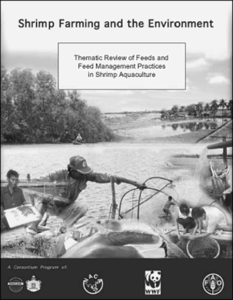 I recently reviewed shrimp feeds and feed management in the context of shrimp farming and the environment in a report prepared for the World Bank, Network of Aquaculture Centres in Asia-Pacific (NACA), World Wildlife Fund and Food and Agriculture Organization of the United Nations Consortium Program on Shrimp Farming and the Environment. Titled Thematic Review of Feeds and Feed Management Practices in Shrimp Aquaculture, the report is available free from the NACA website at http://www.enaca.org/Shrimp/.
I recently reviewed shrimp feeds and feed management in the context of shrimp farming and the environment in a report prepared for the World Bank, Network of Aquaculture Centres in Asia-Pacific (NACA), World Wildlife Fund and Food and Agriculture Organization of the United Nations Consortium Program on Shrimp Farming and the Environment. Titled Thematic Review of Feeds and Feed Management Practices in Shrimp Aquaculture, the report is available free from the NACA website at http://www.enaca.org/Shrimp/.
Report summary
The report describes feeds and feeding practices in different shrimp-farming systems and evaluates the environmental implications of trends in feed use. Special attention is given to the use of fishmeal in shrimp diets. The review also pinpoints practices at farm, manufacturing, and ecosystem levels that can reduce the environmental impacts associated with shrimp feeds and promote more efficient use of feed resources.
In addition, the report addresses allegations that shrimp culture is “feeding on world fisheries,” and that the production of shrimp contributes to a net loss of wild-caught fish. Other trends addressed include the use of soybean meal and other agricultural byproducts as alternative ingredients to replace fishmeal. Some of the report’s main findings are summarized below, with some numbers updated to reflect more current data available.
Feed use trends in shrimp aquaculture
The shrimp-farming sector annually consumes 506,000 metric tons (MT) of fishmeal and 42,000 MT of fish oil, or the equivalent of 2.19 to 2.74 million metric tons of live-weight pelagic fish, within compound aquafeeds (dry basis), with a total estimated global production of 1.27 million MT of farmed shrimp in 2001. This is equivalent to the consumption of an estimated 1.72 to 2.16 kg of fish for every kilogram of shrimp produced.
The mean fishmeal and fish oil content of shrimp aqua-feeds in 2001 was estimated to be 23 percent and 2 percent, respectively. The mean feed-conversion efficiency of shrimp aquafeeds was 2.0 in 2001, with 2.0 kg of dry shrimp feed consumed for each kilogram of shrimp biomass harvested (wet basis). This feed efficiency is equivalent to a shrimp nutrient-utilization efficiency of about 25 percent, with the remainder lost to the surrounding aquatic environment.
Improved practices can reduce feed impacts
At present, the majority of shrimp aquafeeds are nutritionally overformulated as complete diets irrespective of the farming system, shrimp stocking density, and natural food available. Few practical guidelines exist concerning good on-farm feed manufacture and management.
Several practices can help reduce the environmental impacts of shrimp feed. These include:
- Replacement of fishmeal and fish oil with more sustainable feed-grade plant or animal protein and lipid sources.
- Replacement of fresh food organisms with processed feed materials and agricultural byproducts.
- Development of improved shrimp feed formulation programs and on-farm feed management practices that take advantage of natural food to reduce dietary nutrient levels and consequent feed waste.
- Development of improved feed-manufacturing technology to produce more water-stable shrimp feeds that minimize nutrient loss through leaching and feed disintegration.
- Development of technical guidelines for good on-farm feed manufacturing and management for use by small- and large-scale producers.
Constraints and opportunities
The replacement of fishmeal and fish oil within shrimp aquafeeds with alternative protein and lipid sources can only be achieved if changes are made in basic shrimp-culturing practices. Such changes would include closing farming systems through water recycling or zero water exchange, and maximizing in situ “floc” and natural food production within the culture systems. The upshot of such systems is that imports of high-quality ingredients and aquafeeds can eventually be eliminated, and the utilization of locally available agricultural waste streams and byproducts is maximized.
The promotion of closed shrimp production systems would greatly reduce water use and increase shrimp production per unit area, but also necessitate the continuous provision of electricity for aeration during production. Resource-poor farming communities should explore alternative energy sources such as solar and wind energy.
Suggested action
To promote system changes, a series of training courses and workshops could be implemented within major shrimp-producing regions to raise awareness of the latest developments in shrimp nutrition and feed technology, including those applied within closed, zero-exchange culture systems. Selected shrimp farmers and feed manufacturers should be identified to implement pilot-scale zero-water-exchange systems and associated feed-management protocols, with emphasis given to the development of farming systems that build on existing infrastructure and expertise rather than simply replacing them with new ones.
(Editor’s Note: This article was originally published in the April 2003 print edition of the Global Aquaculture Advocate.)
Now that you've reached the end of the article ...
… please consider supporting GSA’s mission to advance responsible seafood practices through education, advocacy and third-party assurances. The Advocate aims to document the evolution of responsible seafood practices and share the expansive knowledge of our vast network of contributors.
By becoming a Global Seafood Alliance member, you’re ensuring that all of the pre-competitive work we do through member benefits, resources and events can continue. Individual membership costs just $50 a year.
Not a GSA member? Join us.
Author
-

Albert G.J. Tacon, Ph.D.
Aquatic Farms Ltd.
49-139 Kamehameha Highway
Kaneohe, Hawaii 96744 USA
Tagged With
Related Posts
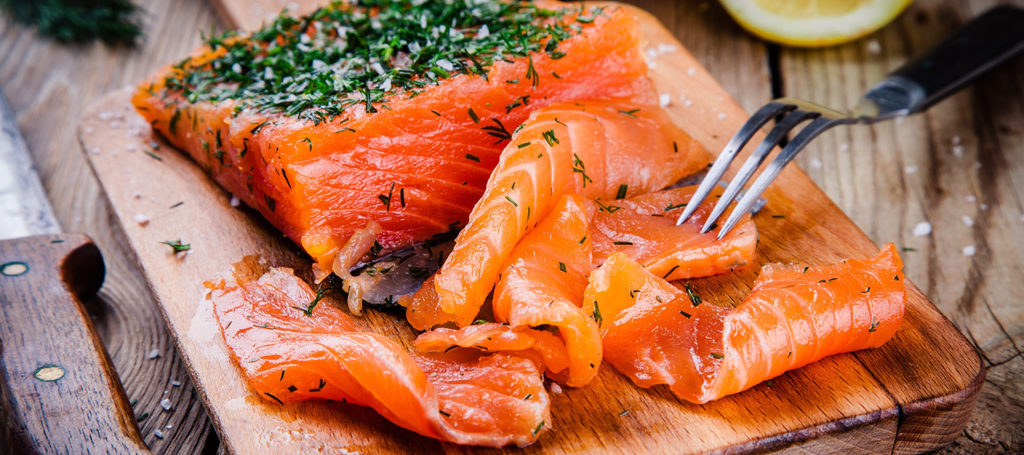
Aquafeeds
Aquaculture’s input efficiency shines as FIFO ratios improve
The latest Fish In:Fish Out (FIFO) ratios calculated by IFFO – The Marine Ingredients Organisation shows that every kilogram of wild fish utilized in aquafeeds results in a total of 4.55 kilos of farmed fish produced.
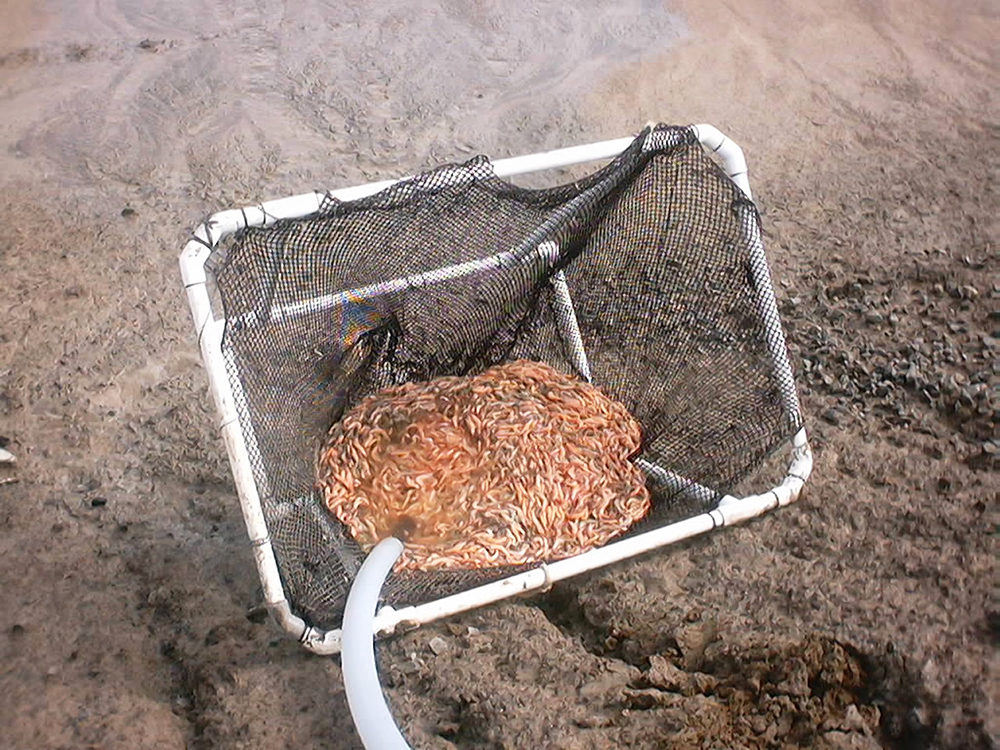
Aquafeeds
Biosecurity protocols needed for shrimp feeds, feeding practices
Shrimp aquafeeds – live, fresh or formulated – should not be an entry point of potential pathogens to the shrimp and/or to their culture systems.
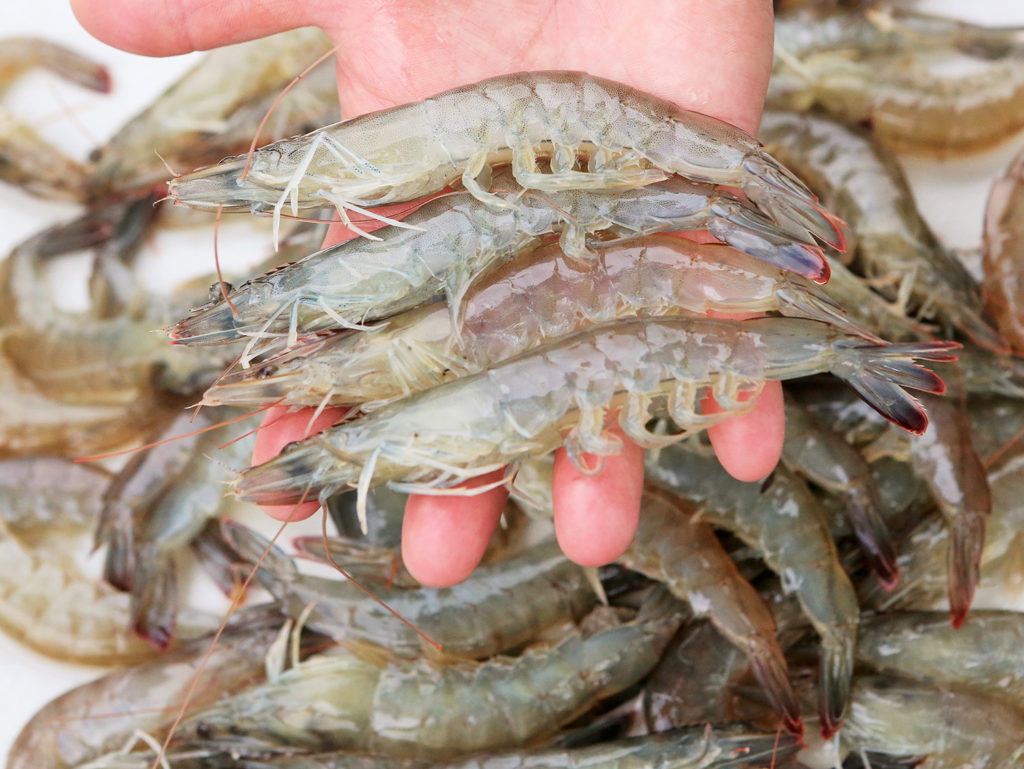
Aquafeeds
Feed formulations affect shrimp flavor, texture
Fish-free diets are suitable for shrimp production and can generate high-quality product. Consumer preferences for the flavor of shrimp and texture attributes need exploration.
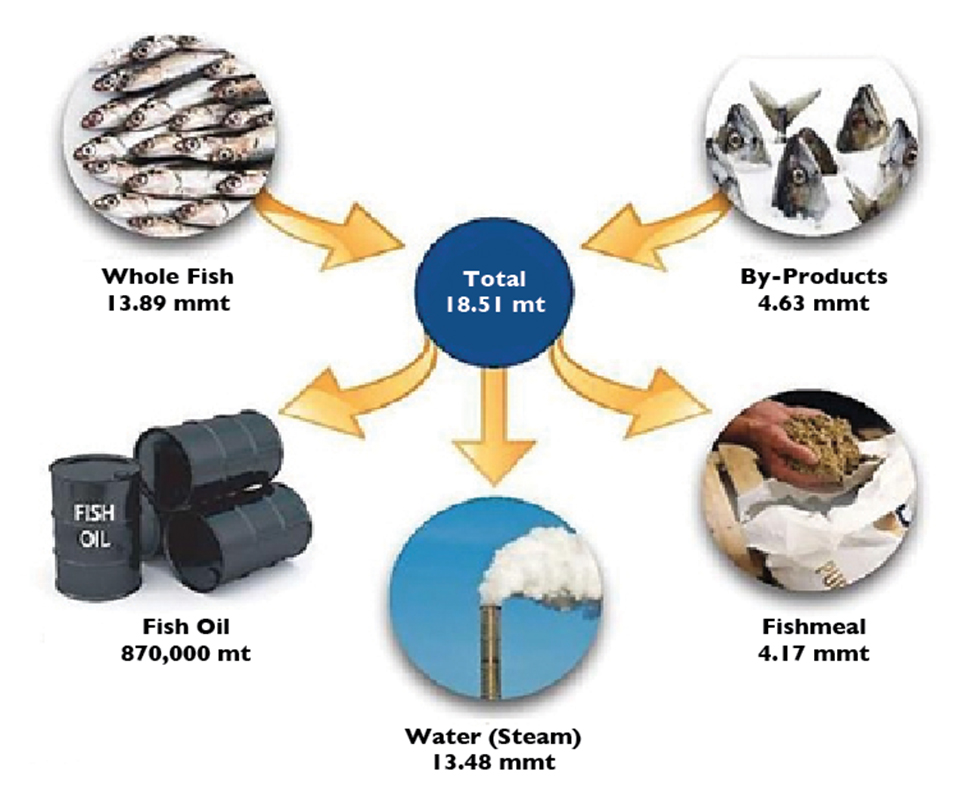
Aquafeeds
How much fish is consumed in aquaculture?
Traditionally accepted calculations of wild fish use in feed for major farmed species tend to misrepresent fishmeal use. Some more current calculation methods require separate calculations for fishmeal and fish oil, or focus on quantity of protein from wild-caught fish.

